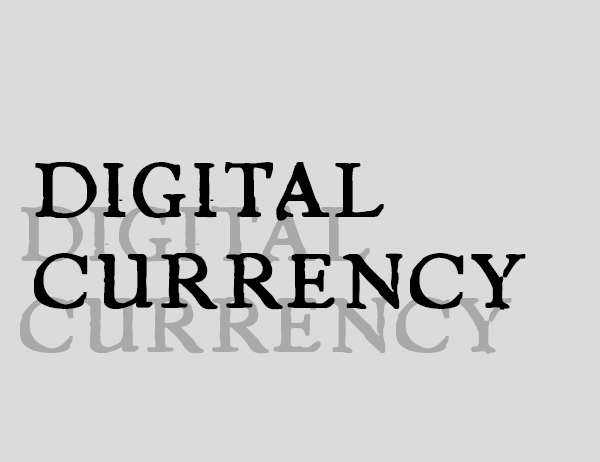The term "digital money" refers to any payment that is made solely through electronic means. Unlike a physical dollar bill or coin that can be held, digital money cannot be physically grasped as it is tracked and distributed through online technologies. Bitcoin, a popular type of cryptocurrency, is a well-known form of digital money. Phones, personal loans, and online cryptocurrencies are common tools for exchanging digital money, and some ATMs even allow you to convert virtual currency into physical cash. To learn more about digital currency and its real-world implications, let us begin.
Recognizing Digital Currency
Cash kept in online banking customers is a kind of digital money
that is already in use today. You can either send or receive this money. It's
also suitable for making purchases over the internet. Digital money is a unit
of exchange and a media for daily transactions, analogous to currency in
concept and use. It's not cash, though. When you remove money from an ATM, it
takes on a physical form. Therefore your net banking account dollars aren't
digital money.
Digital money differs from traditional currency in that it
streamlines the transaction procedure. With digital money, financial transfers
across borders can be done more quickly and efficiently than with conventional
funds because of the technical infrastructure that digital cash uses. Using
cryptography to secure transactions makes them impenetrable to governments and
private agencies, making them ideal for use in digital currency.
Is
Digital Money a Solution to Problems?
Several systems currently use digital money to conduct
transactions. The use of wire transfer networks makes it possible to shift
money between countries. Transacting in this manner requires the employment of
several processing units, which is both expensive and time-intensive. One such
system is the SWIFT network, which comprises several banks and other financial
institutions worldwide. Each SWIFT network transfer has a fee attached to it.
Because these systems rely on future payments to function, there
is a delay between each transaction. There is also a patchwork of regulations among
SWIFT's member institutions. Each country has its own rules. When credit card
reconciliation happens, consumers can submit chargebacks to get their money
back. Algorithmic consensus eliminates the problem of duplicate spending with
digital currency. The challenge is to prevent the same user from using a
"note" of virtual cash more than once.
Various
Forms of Electronic Money
Digital money, because of its technical foundation, may be used
for a variety of things and take on many forms. In the recent past, three new
documents of digital money have surfaced.
Digital
Currencies Issued by Central Banks (CBDCs)
Cryptocurrencies CBDCs are organizations that have authority
over a country's banking system. CBDCs make it simpler to implement the
monetary policy because they provide a direct link between the federal
government and the general public. Federal money is no longer through banks and
financial institutions, which used to be the government's responsibility. On
the other hand, reserve currencies are not backed by the jurisdiction and
reputation of a banking system, whereas fiat currencies are.
It is possible to
classify CBDCs into two categories based on how they are used and implemented
in the economy. The fundamental aim of retail CBDCs, like with fiat currencies,
is to facilitate daily transactions between individuals. The concept of
wholesale CBDCs is to transactions between financial institutions in a more
restricted concept execution.
Cryptocurrencies
Cryptocurrencies are digital currencies that have been via the
use of cryptography. When digital money is in a cryptographic wrapper, it
enhances security and makes it more challenging to modify transactions. The
overall market capitalization of the crypto marketplaces has increased. By the
end of 2021, the market capitalization of cryptocurrencies will have reached $2
trillion.
Stablecoins
It was to address the volatility of traditional cryptocurrencies
such as bitcoin and Ethereum. Stablecoins are a new form of cryptocurrency. It
may be private money linked to the price of another asset, such as fiat money
or a package of items. The main difference between them and fiat currencies is
that they aren't by any government whatsoever. The demand for stablecoins has
increased significantly in recent months.


Post a Comment